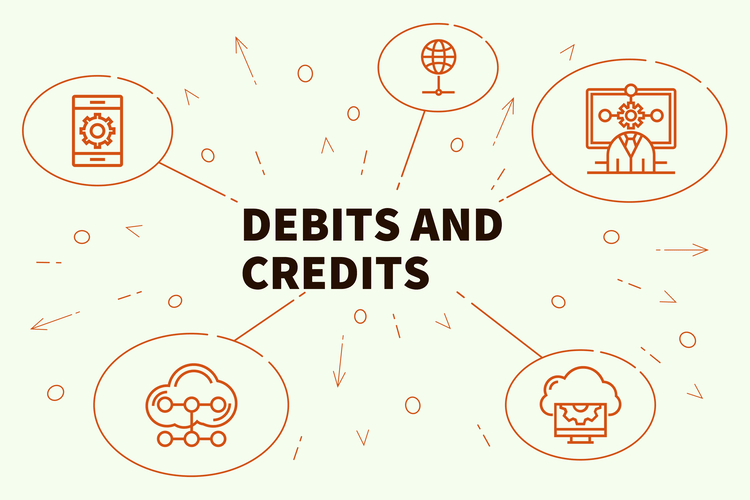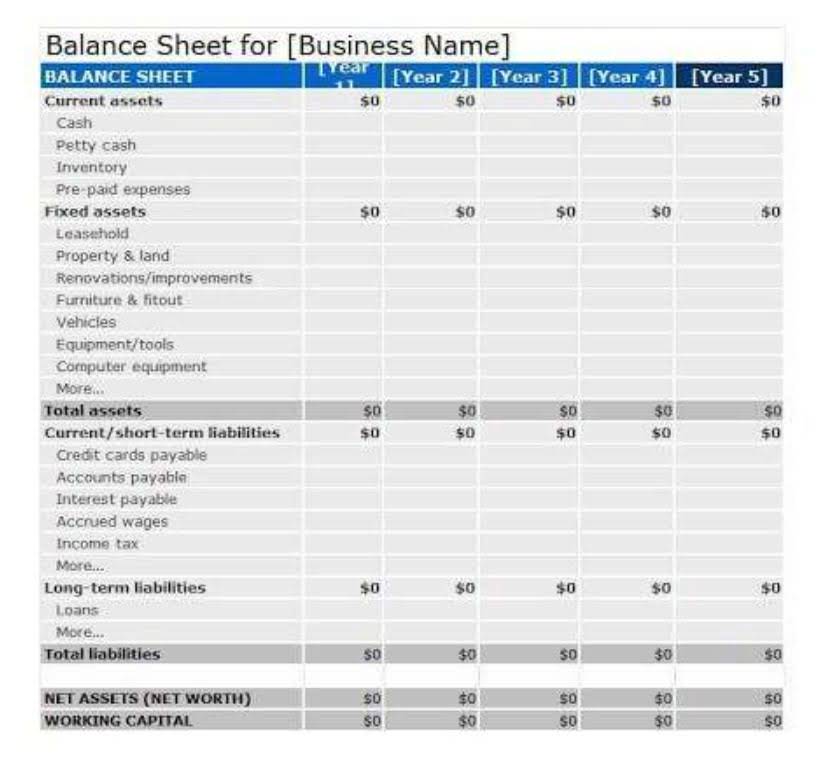Since the good or service hasn’t been delivered or performed yet, the company hasn’t actually earned the revenue. It records a liability until the company delivers the purchased product. Until 1984, in the UK, it was believed that it is an investment revenue because it is more permanent than earned revenue. Currently, earned and unearned revenue balance sheet is taxed in the UK at a flat rate. A company cannot immediately recognize the cash proceeds received in advance as revenue because it is against the guidelines of the IFRS 15, which deals with revenue recognition. It is recognized as a liability account because the company still has to provide services or products to the company at a later date.
Journal entry required to record liability at the time of sale of tickets:
After almost a decade of experience in public accounting, he created MyAccountingCourse.com to help people learn accounting & finance, pass the CPA exam, and start their career. Obotu has 2+years of professional experience in the business and finance sector. Her expertise lies in marketing, economics, finance, biology, and literature.
Also, the United States Securities and Exchange Commission has reporting requirements for businesses that are specific to revenue recognition. Revenue recognition is a generally accepted accounting principle that dictates how revenue is accounted for. Therefore, unearned revenue takes this concept and does the opposite, paying someone for their services before they complete their job. Suppose a customer pays $1,800 for an insurance policy to protect her delivery vehicles for six months. Initially, the insurance company records this transaction by increasing an asset account with a debit and by increasing a liability account with a credit.
Unearned revenue examples for different journal entries
- However, these companies must ensure they deliver the products that have been paid for to the customers as at when due, in order to keep transactions steady and drive customer retention.
- Unearned revenue always plays a vital role in the reporting of a business.
- This calculation provides insight into a company’s ability to generate profits and reinvest them in the business.
- This is in contrast to earned income, which is income generated by regular business activities, employment, or work.
- The cash flow received from unearned, or deferred, payments can be invested right back into the business, perhaps through purchasing more inventory or paying off debt.
- In fact, Snowflake reported over $4.1 billion in RPO in 2024, showcasing the magnitude of contracted but unearned revenue that underpins future growth.
- If unearned revenue is not recorded as a liability and a company records it at once as a revenue, revenues and profits would initially be overstated.
The cash flow from unearned revenue or deferred revenues can be invested right back into the business to purchase more inventory or pay off debts. However, these companies must ensure they deliver the products that have been paid for to the customers as at when due, in order to keep transactions steady and what is gross income and how to calculate it drive customer retention. This is why it is essential to recognize unearned revenue as a liability (an obligation) and not revenue.
Unearned revenue or deferred revenue is a form of advance payment received by a seller against a performance promise to the buyer. A service retainer is paid as part of a service agreement, in which your business agrees to provide a specific level of service at a negotiated rate. Depending on the agreement, your fee may be paid in advance, making it unearned revenue until you deliver your services for the period. At the end of the six months, all unearned revenue has converted into revenue, since all money received accounts for the six mystery boxes that have been paid for. For simplicity, in all scenarios, you charge a monthly subscription fee of $25 for clients to use your SaaS product. Since unearned revenue is cash received, it shows as a positive number in the operating activities part of the cash flow statement.
Importance of Retained Earnings
If the contractor received full payment for the work ahead of the job getting started, they would then record the unearned revenue as $5,000 under the credit category on the balance sheet. The contractor would also record the $5,000 in cash under the debit category. Unearned revenue (aka deferred revenue) is a liability that gets created on the balance sheet when your company receives payment in advance.
HOW IS UNEARNED REVENUE CLASSIFIED IN FINANCIAL STATEMENTS?
It is defined as receiving payment for the service or product provided in the future. Unearned revenue can be reported on your business’s balance sheet. This will be the most significant financial statement that you can generate.
Accounting double entry in the financial statements of the company:
CFI is on a mission to enable anyone to be a great financial analyst and have a great career path. In order to help you advance your career, CFI has compiled many resources to assist you along the path. Designed to support your growth journey while ensuring you retain control and ownership. Shaun Conrad is a Certified Public Accountant and CPA exam expert with a passion for teaching.
Thus, the first group of unearned revenue is earnings from investing money, interest on debt obligations, which are paid by debtors to creditors, and so on. Entire unearned revenue liability will be set off against revenue only when the value of services provided is equal to the unearned revenue liability account. An easy way to understand deferred revenue is to think of it as a debt owed to a customer. Unearned revenue must be earned via the distribution of what the customer paid for and not before that transaction is complete.
Related Metrics to Deferred Revenue
This can be anything from a 30-year mortgage on an office building to the bills you need to pay in the next 30 days. Basically, ASC 606 stipulates that you recognize internally and for tax purposes revenue as you perform the obligations of your sales contract. If you are unfamiliar with ASC 606, I strongly recommend you read the related article for now and take defining indemnity in the context of actual cash value calculations the time to go over the entire document with your accountant at some point.
This is money paid to a business in advance, before it actually provides goods or services to a client. When the goods or services are provided, an adjusting entry is made. On a balance sheet, the “assets” side must always equal the “equity plus liabilities” side. Hence, you record prepaid revenue as an equal decrease what is suta tax in unearned revenue and increase in revenue . Unearned revenue is always listed as a liability on a company’s balance sheet. Unearned revenue is actually a current liability, or a short-term liability.
- Poor documentation of contracts and agreements also complicates determining when obligations are satisfied, leading to delayed or premature revenue recognition.
- It’s common for insurers to take payment in advance for all kinds of insurance products — such as home, auto, and life insurance.
- Unearned revenue or deferred revenue is a form of advance payment received by a seller against a performance promise to the buyer.
- Baremetrics is a business metrics tool that provides 26 metrics about your business, such as MRR, ARR, LTV, total customers, and more.
- Since 2011, Jayanti’s expertise has helped thousands of businesses, from small startups to large enterprises, streamline invoicing, estimation, and accounting operations.
- Learn accounting fundamentals and how to read financial statements with CFI’s free online accounting classes.
How to account for unearned revenue on financial statements
Discover how businesses like yours are using Baremetrics to drive growth and success. Keep customers using your service and head-off churn before it happens. View all your subscriptions together to provide a holistic view of your companies health. CFI is the global institution behind the financial modeling and valuation analyst FMVA® Designation.
Do We Consider Unearned Revenue a Liability?
It means it is a confirmed revenue transaction but the buyer hasn’t made any payments. Accrual accounting and GAAP rules state that a business must record a revenue transaction as and when it occurs rather than when it is completed or cash is received. Every month, once James receives his mystery boxes, Beeker’s will remove $40 from unearned revenue and convert it to revenue instead, as James is now in possession of the goods he purchased. Since the actual goods or services haven’t yet been provided, they are considered liabilities, according to Accountingverse. As subscription businesses continue to dominate the tech ecosystem, the role of deferred revenue — and how transparently it’s reported — will only grow more important. Investors, auditors, and boards are increasingly expecting clear, disciplined treatment of deferred revenue as a reflection of maturity and readiness to scale.





